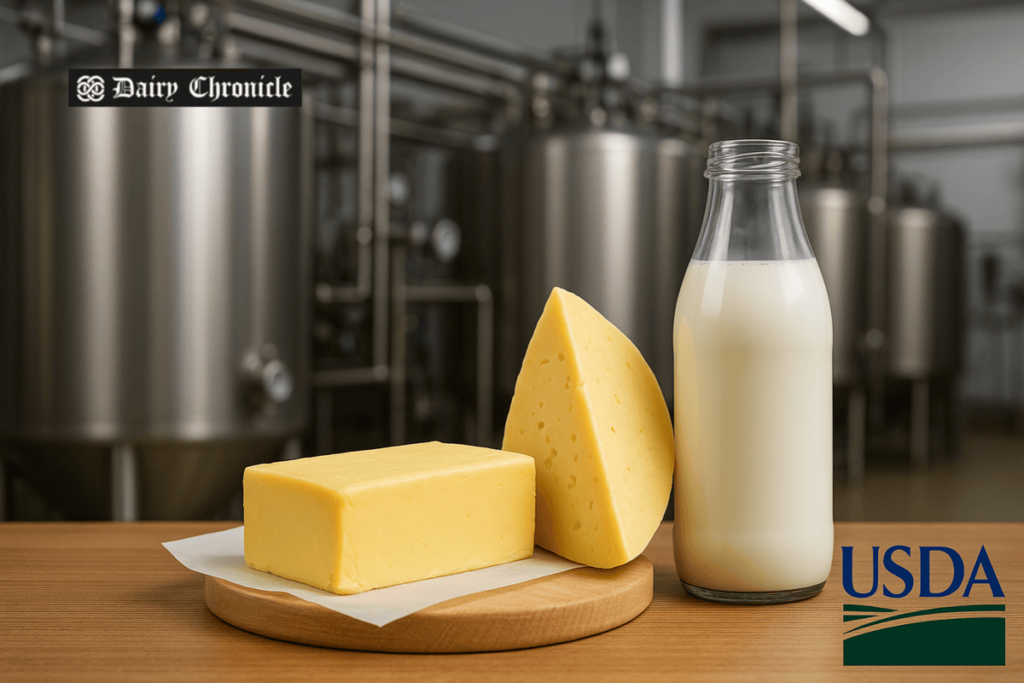The U.S. dairy industry is experiencing rapid advancements in butterfat and protein production, driven by improvements in genetics, nutrition, and feed management. With increasing domestic demand and upcoming infrastructure growth, the sector is poised for significant expansion and international opportunities.
The U.S. dairy industry is experiencing a major shift, with advancements in genetics, nutrition, and feed management driving significant changes in milk composition. These improvements are creating exciting opportunities, as higher butterfat and protein contents are now being optimized across the sector.
Dairy Components: A Growing Importance
In the United States, over 80% of the milk supply is directed toward manufactured dairy products that heavily rely on butterfat and protein content. With more than USD 8 billion in new dairy processing capacity expected to come online by 2027, the demand for these vital milk components is rising rapidly.
According to a report from USDA’s National Agricultural Statistics Service, butterfat levels in milk have reached record highs for four consecutive years, averaging 4.23% nationally in 2024. Similarly, protein content has consistently set records from 2016 to 2024, achieving an average of 3.29% in 2024.
Decoupling Growth in Milk and Its Components
Over the past 15 years, butterfat and protein production have grown faster than overall milk production. From 2001 to 2010, milk, butterfat, and protein production increased together by approximately 13.8% to 15.4%. However, between 2011 and 2024, milk production rose by 15.9%, while protein production surged by 23.6% and butterfat production soared by 30.2%.
Corey Geiger, lead dairy economist at CoBank, highlighted these improvements at the 2025 Western Dairy Management Conference in Reno, Nevada. He explained that while it used to take 100 pounds of milk to produce 10 pounds of cheese, by 2010, the yield had increased to 10.14 pounds, and today it has reached 12.5 pounds per 100 pounds of milk. Similar improvements have also been noted in butter production.
“This indicates the improved efficiency that’s manifesting throughout the U.S. dairy industry,” Geiger said. Additionally, per capita butter consumption in the U.S. has surged to 172.6 pounds, marking a 72% increase since 2001.
Opportunities in U.S. Dairy Processing
Despite these advances, much of the butter consumed in the U.S. continues to be imported, mainly from Ireland and New Zealand. However, Geiger sees significant opportunities for U.S. dairy processors to meet growing domestic demand.
With infrastructure improvements and efficiency gains on the horizon, the U.S. dairy sector has immense potential not only to serve the domestic market but also to expand its presence internationally. The accelerated focus on butterfat and protein production positions the U.S. dairy industry for sustainable and prosperous growth in the coming years.
